
The UCSD MADVent Mark V is a ventilator built around a bag used by EMTs, which is pressed by a machined paddle. The ventilator was tested on a lung simulator (right in the back). Credit: University of California San Diego
A team of engineers and physicians at the University of California San Diego has developed a low-cost, easy-to-use emergency ventilator for COVID-19 patients that is built around a ventilator bag usually found in ambulances.
The team built an automated system around the bag and brought down the cost of an emergency ventilator to just $500 per unit. The device’s components can be rapidly fabricated and the ventilator can be assembled in just 15 minutes. The device’s electronics and sensors rely on a robust supply chain from fields not related to healthcare that are unlikely to be affected by shortages.
The UCSD MADVent Mark V is also the only device offering pressure-controlled ventilation equipped with alarms that can be adjusted to signal that pressure is too low or too high. This is especially important because excessive pressure can cause lung injury in COVID-19 patients that often experience rapid decreases in lung capacity as the disease progresses.
A team of engineers and physicians at the University of California San Diego has developed a low-cost, easy-to-use emergency ventilator for COVID-19 patients that is built around a ventilator bag usually found in ambulances. The team built an automated system around the bag and brought down the cost of an emergency ventilator to just $500 per unit — state-of-the-art models cost at least $10,000. The device’s components can be rapidly fabricated and the ventilator can be assembled in just 15 minutes. The device’s electronics and sensors rely on a robust supply chain from fields not related to healthcare that are unlikely to be affected by shortages.
Most ventilators measure the volume of air that is being pumped into the patient’s lungs, which requires expensive airflow sensors. By contrast, the UCSD MADVent Mark V measures pressure and uses that data to deduct and control the airflow to the lungs. This was key to lowering the device’s price.
The team from UC San Diego and industry partners will be seeking approval for the device from the Food and Drug Administration. They detail their work in an upcoming issue of Medical Devices and Sensors.
The device’s plans and specifications are available at http://MADVent.ucsd.edu/
“The MADVent can safely meet the diverse requirements of COVID-19 patients because it can adjust over the broad ranges of respiration parameters needed to treat acute respiratory distress syndrome,” said James Friend, a professor at the UC San Diego Jacobs School of Engineering and one of the paper’s two corresponding authors. “The combination of off-the-shelf components and readily machined parts with mechanically driven pressure control makes our design both low cost and rapidly manufacturable.”
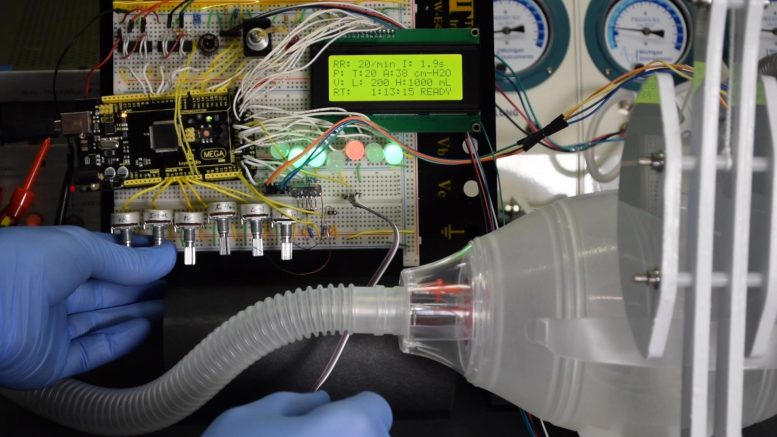
The ventilator is controlled by pressure sensors, rather than volume sensors, which allowed researchers to lower the device’s price dramatically. Credit: University of California San Diego
Researchers also wanted to make sure that the device could be used by healthcare workers with limited experience with ventilators and no experience with this type of system, said Dr. Casper Petersen, co-author of the study and a project scientist in the Department of Anesthesiology at the UC San Diego School of Medicine. As a result, the MADVent Mark V is safe to use, easy to assemble, and easy to repair.
“This device could be a great option for use in situations where materials are scarce, such as when the normal supply chain breaks down, or in developing nations and hard-to-reach rural areas,” Dr. Casper Petersen said.
The device is not meant as a substitute for the highly complex ventilators used in Intensive Care Units.
“Rather, our low-cost ventilator is meant to bridge an urgent gap in situations of a large surge in patients where we may not have enough life-sustaining equipment,” said Dr. Lonnie Petersen, an assistant professor at the Jacobs School of Engineering, adjunct professor at UC San Diego Health and the paper’s other corresponding author. “Safety is our main priority; while the MADVent is a low-tech and low-cost device, it actually offers robust and patient-tailored ventilation this really increases the safety for the patients suffering from the complex pulmonary infection and respiratory distress associated with COVID-19.”
The UCSD MADVent Mark V
The UC San Diego team built their device around a ventilator bag usually found in ambulances and designed to be manually squeezed to help patients breathe. In the UCSD MADvent Mark V, a machined paddle squeezes the bag instead. The paddle is controlled by a series of pressure sensors to make sure the patients get the appropriate flow of air into their lungs. The team deliberately integrated as many standard hospital items as possible into the design because those have already undergone rigorous testing for safety, longevity, and compatibility.
To measure pressure, the researchers developed an algorithm that deduces how much the bag was compressed based on how many turns the device’s motor has made and calculates the volume of air sent into the patient’s lungs as a result.
“The elasticity of the lungs changes very quickly, so it’s important to be able to sense the feedback from the patient,” said Dr. Lonnie Petersen.
Researchers tested their system more than 200 times and for days on end on a lung simulator, adhering to standards for the International Standards Organization and FDA guidelines to ensure it functioned correctly. The device was also tested on a medical mannequin simulator.
One of the keys to cost savings was developing computer models of the volume of air delivered through the ambulance bag when it is compressed. This allowed researchers to do away with expensive airflow sensors and the complex algorithms that control them.
The materials on the ventilator can be sanitized with conventional disinfectants such as 1.5% hydrogen peroxide and 70% ethanol.
“The system, in its current state of development, can easily accommodate new modules that enable more sophisticated features, such as flow monitoring, which can enable additional ventilation modes and provide healthcare operators more information regarding a patient’s breathing,” said Aditya Vasan, a Ph.D. student in Friend’s research group and the paper’s first author.
Collaboration across disciplines
A close collaboration between clinicians and engineers enabled the team to put together a crude prototype in just three days. They then spent countless hours refining and testing the ventilator. A lot of work went into making sure it was safe and could be manufactured with simple parts at a large scale.
Engineers with the UC San Diego Qualcomm Institute Prototyping Lab provided engineering design and fabrication support. Electrical engineer Mark Stambaugh stepped in to work on the microcontroller and help adjust the stroke cycle and control the speed and volume of the compressions to help patients breathe. Mechanical engineer Alex Grant provided design support and guidance.
Seed funding for the project came from several organizations: San Diego-based Kratos Defense & Security Solutions, Inc., which develops fields systems, platforms, and products for national security and communications needs; the US Office of Naval Research in the Department of Defense; and the Catalyst initiative at the UC Institute for Global Conflict and Cooperation.
MADVent: A low-cost ventilator for patients with COVID-19
Corresponding authors: James Friend, Dr. Lonnie Petersen
UC San Diego Jacobs School of Engineering: Medically Advanced Devices Laboratory: James Friend, Aditya Vasan, Reiley Weekes, William, Connacher.
UC San Diego School of Medicine: Dr. Casper Petersen, Dr. Sidney Merritt, Dr. Preetham Suresh, Dr. Daniel E. Lee, Dr. William Mazzei, Theodore Vallejos, Jeremy Sieker.
Qualcomm Institute: Mark Stambaugh, Alex Grant.
Eric Schlaepfer, independent researcher

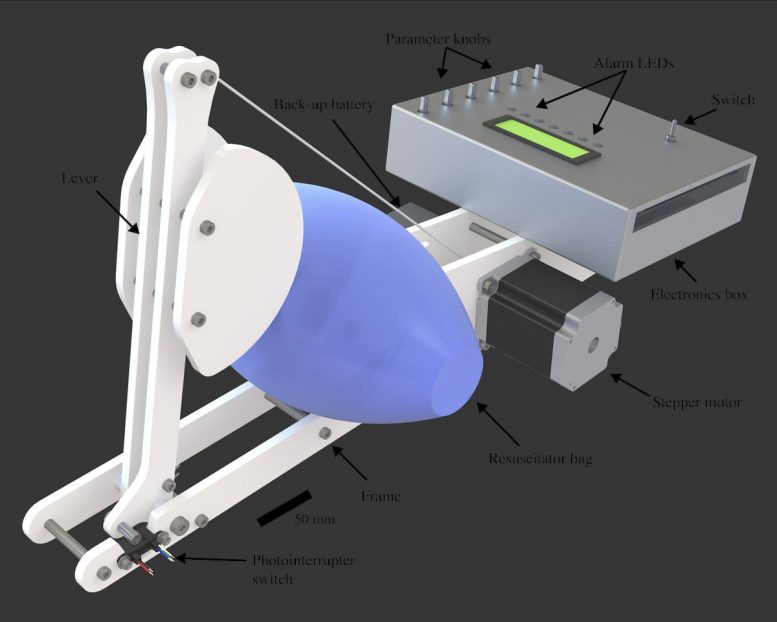
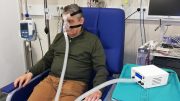
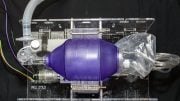
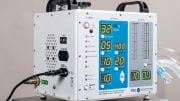
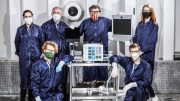
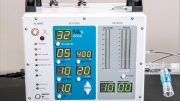
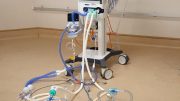
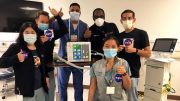
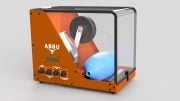
Be the first to comment on "Researchers Develop $500 Easy-to-use Emergency Ventilator for COVID-19 Patients"